Principles and Methods of Teaching-Aurobindo Gosh:
Sri Aurobindo advocates the following principles or methods of teaching-
- Nothing can be Taught- According to Sri Aurobindo the first principle of true teaching is that ‘nothing can be taught’. By this, he does not mean that teaching should be dispensed with altogether; as though it is necessary for the educational process. By this principle, he means that nothing can be imposed upon the mind of the learner from the outside. Teaching is to direct the activity of a pupil’s mind. Man has spontaneity and an urge for self-determination, while the teacher should stimulate.
- Mind has to be Consulted- The second principle of true teaching according to Sri Aurobindo is that “the mind has to be consulted in its growth”. It advocates education according to the 3 A’s (Age, Ability and Aptitude). Sri Aurobindo has faith in the Swabhava of the educand i.e. it is he himself who must be left free to expand in accordance with his own nature. He must not be moulded according to the desire of the parents or teacher. To do so is barbarous. It is a folly of the highest order on the part of parents to expect that their child should develop particular qualities, capacities, ideas and virtues. The child must not be prepared for a prearranged career. To force the child to abandon his own nature (Swadharma) is to do permanent harm to him, to mutilate his growth and deface his perfection. It is a selfish tyranny over a human soul and a wound to the nation. Everyone has his own individuality and potentiality, with a chance of perfection and strength. Everyone has something divine within him. Something his own. The task of education is to discover, develop and use this something. It is to help the growing soul in its best form and to be devoted to a noble cause.
- To work from the near to the far- Another principle of teaching according to Sri Aurobindo is “to work from the near to the far, i.e. from that which is to that what shall be”. For planning an educational programme we should start with what we are. For this, we have to look back to the past, which helps in the methods of moulding the present. In the words of Sri Aurobindo, “The past is our foundation, the present our material, the future our aim”. Past, present and future form a causal nexus. In any system of education all the three i.e., past, present and future, should have their due place. Hereby “the past” he means the heredity and the cultural heritage and by “the present” he means the nature of the individual and needs of the modern society. In other words, it may be said that the past i.e., the heredity and cultural heritage of the individual must not be ignored. The present i.e. the nature of the individual and the needs of the modern society must be the guiding principles in order to reach our chosen future which must be designed in the best interest of both the individual and the society in which he happens to live.
- Interests of the Child- Education should be planned according to the interests of the child. The teacher should first study the interests of the child and then provide education accordingly so that he feels really motivated to learn and develop.
- Freedom of the Child- Free environment should be provided to children so that they are able to acquire more and more knowledge by their own efforts. Any restrained and imposed environment stunts growth and natural development.
- Self-experience- Education should be imparted through self-experience. A child should be free to learn by his own efforts and experience. This leads to permanent learning and will prove useful for his future life.
- Learning by doing- Sri Aurobindo attaches much importance to the activities of the child and hence to learning by doing. He emphasises Montessori Method for infant classes and practice of art and drawing in primary and secondary classes.
- Education through Mother-Tongue- Education should be imparted to the child through his mother-tongue. Teaching through mother-tongue enables the child to grasp and understand and even the most different subjects easily.
- Education through Co-operation- To Sri Aurobindo, teaching and learning is a cooperative process. Hence he puts much emphasis on the cooperative activities of the teacher and children in the educational process.
- Education through Love and Sympathy- Children should be treated with love and sympathy. It will promote their normal and natural development.
- Education according to nature of the child- The child has an element of divinity as well as his latent gifts of mind and spirit. Education should help the child in the best development of these elements of divinity and inherent mental capacity.
- Education through training the sense and mind.
- Education through training the logical faculty.
- Place of Teacher- Sri Aurobindo does not want the teacher to interfere. The position of the teacher is of a guide, helper and stimulator. He is to enable the child to educate his self, to develop his own practical intellectual, moral and aesthetic capacities and to grow independently an organic being. To quote Sri Aurobindo, ” The teacher is not an instructor or taskmaster, he is a helper and guide. His business is to suggest and not to impose. He does not actually train the pupil’s mind, he only shows him how to perfect his instrument of knowledge and helps him and encourages him in the process. He does not impart knowledge to him, he shows him how to acquire knowledge for himself. He does not call forth the knowledge that is written; he only shows him where it lies and how it can be habituated to rise to the surface”. It is the duty of the teacher to see that the six senses i.e., sight, sound, taste, smell, touch and mind are so trained as to make them as keen, subtle and sensitive as possible. Sri Aurobindo puts emphasis on intuitive power and says that an ideal and liberal teacher is he who encourages and welcomes this intuitive power in the pupil and allows the child to grow into the way of his own perfection. He has to eliminate the admixture of error, caprice or a biased imagination that may distort the perfect working of intuitive power. In short, the teacher is to help the pupil in the training of the senses, in the training of the mental faculties (i.e. the power of attention, observation, memory, judgement, thinking, reasoning and imagination) and in the training of the logical faculty. The teacher must see that the pupil is able to exercise three functions of imagination namely-
- The forming of mental images.
- The power of creative thoughts.
- The appreciation of the soul in things, beauty, charm, greatness, hidden suggestiveness, the emotion and spiritual life that pervades the world. Sri Aurobindo recommends that the mental faculties should first be exercised on things, afterwards own words and ideas.
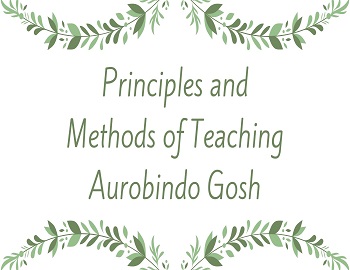
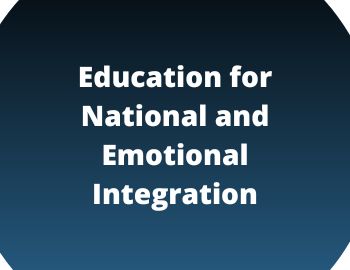
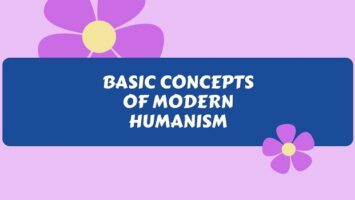
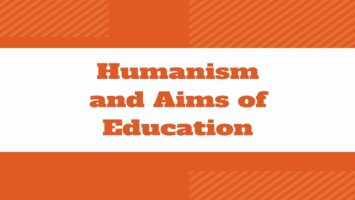
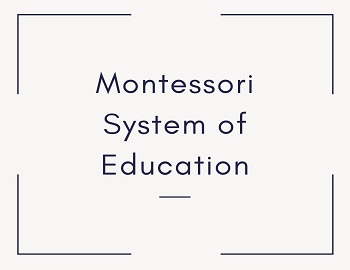
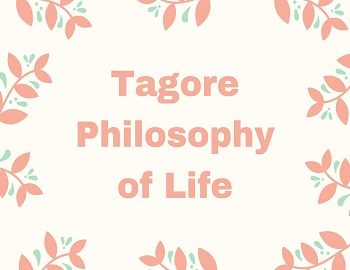
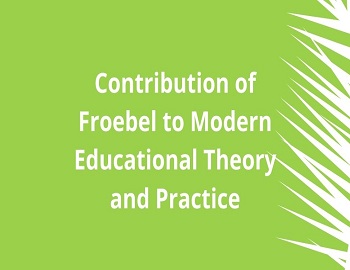

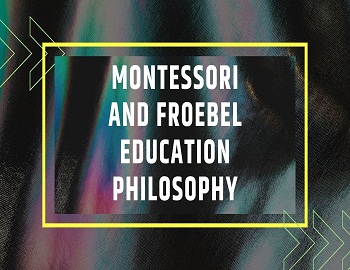
Comments (No)